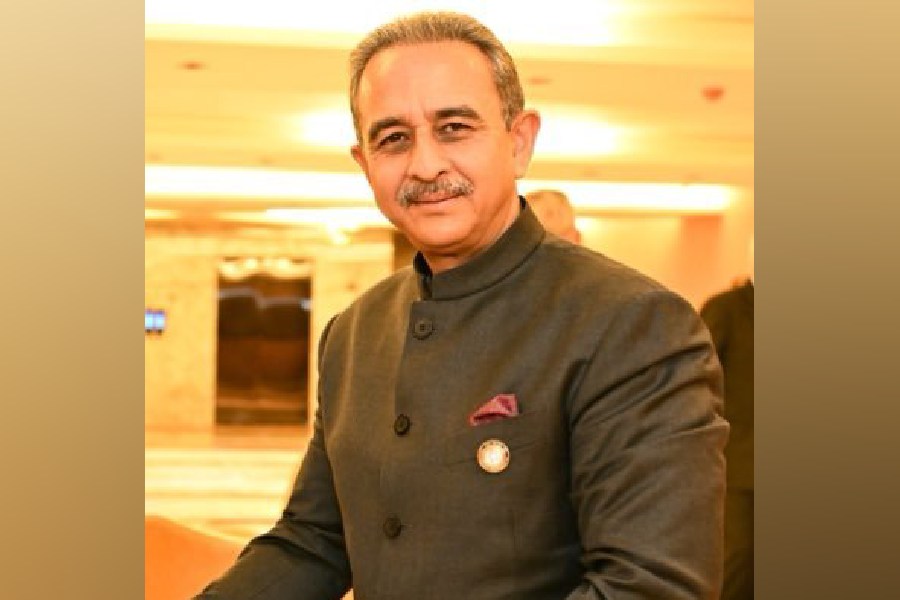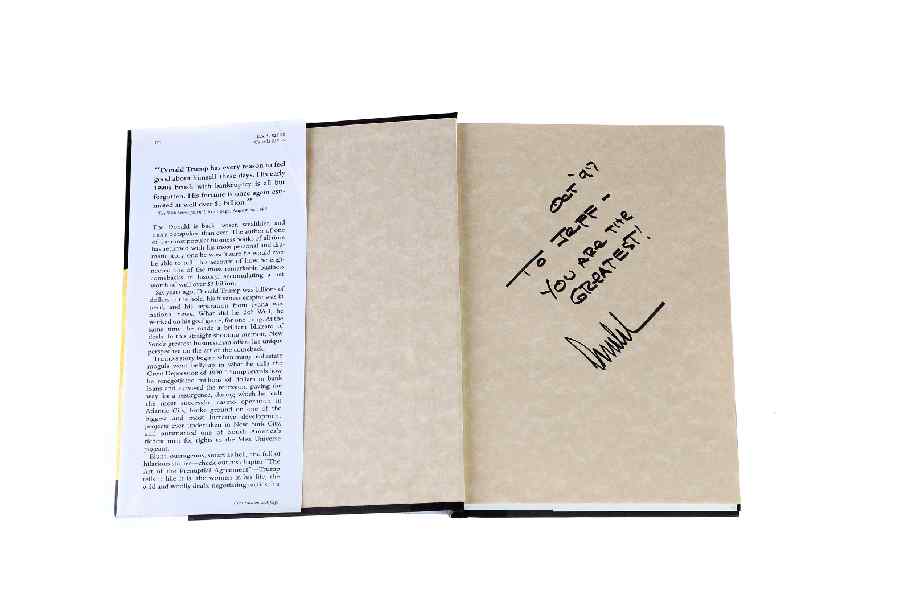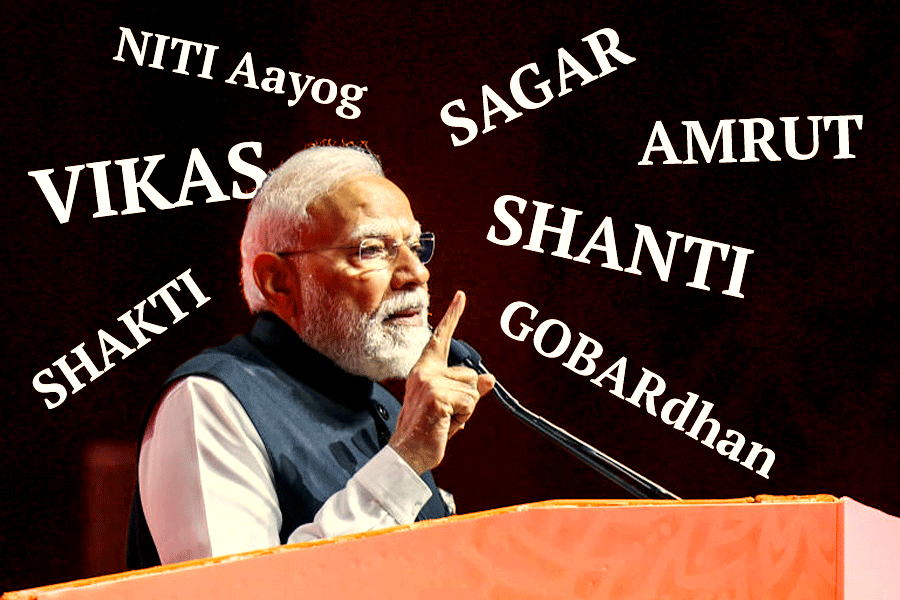Ten years ago, if you were to ask me what I thought I’d be reading when I was 25, I would have said something along the lines of, “Oh, fantasy, for sure. Anything that requires me to, in technical terms, ‘suspend my disbelief’ and let my imagination run free.” To my mind, back in middle school, that is what fantasy was — a distortion of reality, in a way, a space where magic and mythology and sometimes even musings of what the future could be existed together. Ten years ago, if I were asked what my favourite book was, I would have told you it was The Picture of Dorian Gray. Ten years later, if you ask me what my favourite book is, I will give you the same answer, but I will also tell you the genres I read have since expanded.
This is by no means a far-fetched condition in the life of the reader. When it comes to reading habits, we all undergo change in taste, but for many of us born at the turn of the century, reading comics and superhero stories and Harry Potter and Percy Jackson in our teenage years was a staple. You could step into any classroom in any school in Calcutta and see paperbacks hidden away behind science textbooks, kids who were 13-15 engrossed in tales in which the hero takes on this long, arduous journey to save the world, most of the time against their own will or knowledge, burdened with the fact that it was for the greater good. Cut to slightly older children clutching copies of Margaret Atwood’s The Handmaid’s Tale or Chitra Banerjee Divakaruni’s The Palace of Illusions or Madeline Miller’s The Song of Achilles as they moved from one class to the next; all novels in which the hero(ine) is bound in circumstances beyond their own choosing, all knowing that their purpose lay in something greater, something more, something different.
Ten years ago, the first batch of what we know as today’s Gen-Z was majorly reading books in which the protagonist was thrown into war, most fundamentally with themselves — to choose between saving the world and saving themselves, out of which they almost always chose the former. For the greater good. For the salvation of their people. To save humanity. Popular genres clashed, collided and collapsed, fusion fiction emerged, tropes rather than themes began to infiltrate the market — and yet the hero lived on. A hero purely because they chose love, faith, friendship, humanity over their own needs, no matter how great or small. Ten years ago, when we were younger and had dreams 10 times bigger than what we do now, this was the norm — to read books in which the hero saved the world, and in many cases, wish we could lead such lives, too.
Today’s generation of young readers, on the other hand, is reading books that are so entirely different that sometimes I struggle to keep up. Yes, it is indeed difficult to get kids nowadays to read anything at all — the boom of the Internet has given us many boons but it has also given us screen addiction, which has, in recent times, become a matter of concern — but whatever populace of young adults is still reading, is reading books that are of a completely different nature. Gone are the days of the teenage saviour, the unselfish protagonist, the hero cursed by birth or choice — there has, especially post the pandemic, been an inclination towards books in which the central character is much more commonplace, for lack of a better term. Their problems are everyday, real-life problems; their worlds are modern and regular, and their lifestyles are as human as yours and mine. There are no more demigod-like powers or enchanted diadems and swords — instead, there are stories of the everyday, of heartbreak and of coming of age, of high-school romances and of figuring out individual identity.
Post the pandemic, there has been a surge in market sales of books that cater strictly to the problems of the self, of the person-in-progress, rather than those that show the dystopian condition of the world and the sacrifices required to salvage it. Today, the majority of young adults and new adults (those in the 18-25 age bracket) are reading books that involve a single central, complex character and take readers on a journey that unravels the nature of that character to show, in the end, that they are human. No God, no philosopher, no magical being of the other world, but as rooted to the ground of reality as you or I.
SHIFTS IN GENRE PREFERENCES – WHAT HAS CHANGED?
Much of this has to do with the fact that between 2015 and 2025, a lot has shifted and changed, be it in world politics, environmental conditions, mental health awareness… you name it. Everyone is suddenly a lot more attuned to what is happening around them. The Internet, again, takes credit for this — abundant unfiltered information is readily available on all things under the sun. And while the current generation has grown up on a diet of modern technology and social media that keeps them connected to the world around them 24/7, it has also grown up in the midst of a bunch of political, environmental, and emotional obstacles that have left us all scarred and affected, to a permanent extent, one way or another. Think climate change. The Covid pandemic. Wars and the ongoing genocide in Palestine. Loneliness epidemics, the mental health crisis, economic uncertainty, the frailty of the current job market, the shrinking of safe spaces both online and offline. Add to that the constant churn of bad news — mass shootings, anti-immigration sentiment, gender-based violence and discrimination, the rise of authoritarian politics, and an existence that seems to keep trying to tell us we’re running out of time. It’s no wonder that young readers are now turning to books that celebrate healing and survival in a world that often feels too heavy to bank on entirely. Instead of opting to read of a superhero swooping to save the day, young adults are actively choosing to read books that offer them windows into the psyche of their central characters, books that have the story of a single life mapped and chalked out and entirely human. Books in which the concept of saving the world comes much, much after saving the self.
When it comes to fiction, there has been a solid shift towards this genre at large, wherein we see readers actively rooting out worlds that reflect rather than escape reality. Recent sales data from Circana BookScan show a shrinking appetite for traditional YA fantasy. Juvenile fiction — where most dystopian and high‑fantasy titles reside — declined by 0.8 per cent in the first half of 2025, while YA overall fetched only a marginal 0.1 per cent rise, contrasted by a robust 6.3 per cent increase in adult fiction driven by emotionally immersive romance and coming‑of‑age stories (Los Angeles Times). Meanwhile, the 2025 Nielsen/Circana report from the London Book Fair flagged stagnant or negative performance in children’s and YA fantasy across numerous markets, even as more realistic, identity‑driven fiction gained traction (Financial Times; Los Angeles Times). Reflecting this shift, critics and publishers note a growing demand among Gen-Z for books that reflect their realities — dealing with anxiety, relationships, queerness, and survival in uncertain times. As The Guardian put it in its “Dystopia is done” retrospective, gritty realism is now “the hot new YA craze” over distant worlds and chosen-one sagas. And Katherine Harrison, executive editor at Knopf Books for Young Readers, confirms that “BookTok re‑affirmed our hunch about the demand for romantasy [romance-influenced stories]” and emotionally driven titles — signalling that younger readers are gravitating toward storytelling that feels deeply personal (Publishers Weekly).
WHAT ARE NEW ADULT READERS SAYING?
“There’s definitely an element of disillusionment,” affirms Meghna Das, a budding writer who has lately been trying her hand at online publishing. “Back in 2010, we used to think we’d have flying cars and other cool stuff by 2025, but here we are, and all we have are bots and more bots. We used to look up to a more advanced world, but now we just want to go back to spaces that feel safe and protect our loved ones. In these circumstances, saving-the-world stories feel pointless and futile, but it’s also interesting that we’re now seeing more flawed protagonists in popular fiction, who try to fight the system but also make an epic mess in the process. I think maybe somewhere underneath all this, there’s this terrifying realisation that hope for collective betterment of society is slipping further and further away, and people are retreating inwards to protect what little they can.”
Similarly, Yogeshwaran Sundaram, a newly-minted software engineer at Bosch, says, “As a kid, I was obsessed with comics and epic fantasies — the kind of stories where one hero with a mission could save the world. I loved the idea that even one person could make everything better, especially if they had a cool costume and could punch a few villains along the way! Now, looking back, I realise how much those stories were about escape. And as much as I still love fantasy, stories about one person fixing everything feel heavier now, almost unreal, as compared to narratives where characters are just trying to survive and make sense of their own lives. I think those are the ones that have suddenly started to make more sense.”
THE RISE OFSELF-HELP
Interestingly, this inclination towards saving the self is not limited to only fiction. Self-help books have also picked up massively in the past few years, mirroring the same generational urge to heal, understand, and rebuild from within. Titles on mental health, mindfulness, boundaries, and emotional resilience have been dominating bestseller lists worldwide, with authors like Jay Shetty, Brené Brown, and in India, Gaur Gopal Das and Shiv Khera managing to tap into the zeitgeist. Even hybrid genres like ‘narrative self-help’ — part memoir, part guide — are thriving, reflecting readers’ inclination towards personal stories that feel like regular fiction while offering them tools for their own survival in the world. The rise of self-help and emotionally grounded YA fiction is, in a way, two sides of the same coin: a generation choosing inner transformation over external conquest, and looking for blueprints to navigate a world that feels increasingly chaotic and uncertain.
Ayan Dawn, who has worked as an editor in the publishing industry for the last two years, believes that “self-help has the highest pie in terms of sales”. He also attributes much of this to social media, the use of which skyrocketed during the pandemic and has now become so integrated into our daily lives that it is rather alarming. “Previously, before social media was used as much, people would actively take out the time to read. Nowadays, it feels like nobody has enough time anymore. The rise of self-help books makes it evident that we are, in some way or the other, trying to find ourselves,” Ayan says. “As a generation, we are going through difficult times. Even the WHO has recognised factors like loneliness to be public health concerns. In times like these, the rise of sales in self-help books, or even the rise in viewership of motivational videos, is not surprising and does tell us that our generation is trying to hold on to something that helps them sail through the difficulties of life,” he adds.
THE ROLE OF SOCIAL MEDIA IN REVIVING OLDER STORIES AND CATAPULTING NEW TITLES INTO STARDOM
Speaking of social media and the impact it has had on our lives, one blatantly bizarre way in which these sites have contributed to society instead of the other way round is the way it has given birth to an entirely different kind of reading culture altogether — the BookTok and Bookstagram boom. What started as short videos of annotated pages and aesthetically curated shelves has transformed into a global movement capable of catapulting a book into bestseller status overnight. According to Circana, BookTok was responsible for driving more than 30 million print book sales in 2023.
THE CINCHING FACTOR
So what does this change in reading patterns indicate, especially for a generation that has grown up in a pandemic/post-pandemic world, with climate change, political genocide, and loneliness epidemics shaping their formative years? Part of it comes from being raised in a landscape of constant crises where survival feels personal, not collective. Young and new adult readers are gravitating towards books that heal because they feel the need to secure their own oxygen masks first — emotionally and mentally — before looking outward. The result is a generation that seeks stories to help them navigate their inner worlds more than save external ones.
“It’s true that we’ve become more connected globally, but interpersonal connections are faltering. A lot of parents tell their children to focus simply on themselves and their academic scores. Children are simply not allowed to enjoy things any more,” rues Mohini Shyama, an English literature graduate of St Xavier’s College, Kolkata. “But that is wrong on many levels, because focusing only on themselves gives rise to lots of adverse consequences, like not caring about what others are going through. We are not being taught to see the problems of others as our own unless we’re directly affected by them. As such, fiction removed from reality, where people rise for the greater good, seems both impractical and unbelievable, and a burden to carry.”
Dampening to the spirit? Yes. Yet, perhaps, this shift is not something to mourn, but to understand. The move away from grand, save-the-world narratives and into stories of personal healing, identity, and survival does not mean the young generation has stopped dreaming big; instead, it means they are on their way to building a new foundation first.
At a time when the world feels fractured, the books that the younger generation is reading are teaching them to tend to their wounds, rediscover their humanity, and carry that strength forward into their own lives. And yes, maybe, once we learn to save ourselves, we will be better equipped to save each other, and maybe, in the quiet, everyday victories of these deeply human stories, the seeds of a different kind of heroism have already begun to be sown. We will only have to wait and see, 10 years down the line, when we realise that these are the stories that may well have taught an entire generation how to rebuild the world, purely by virtue of dismantling and rebuilding themselves. A small shift that might later become a cultural and psychological movement, growing into something vast enough to bring us all together again.










